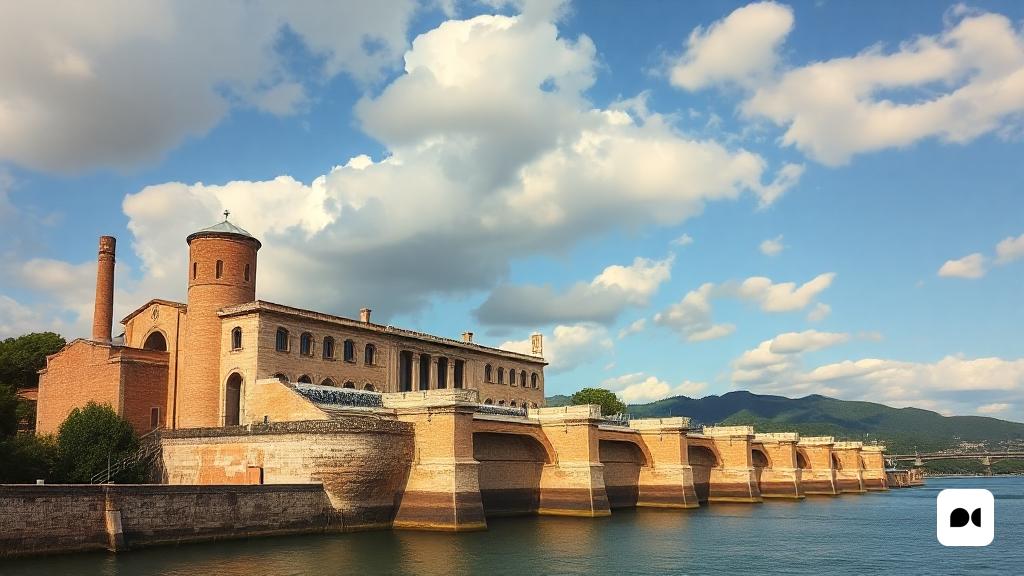A look at the Roman Master’s degree in Hydraulic Engineering
The Romans are not only renowned for their military conquests and vast culture, but also for their impressive ability to create hydraulic infrastructure that has endured through the centuries. Although today dams are commonly used to generate electricity, in ancient times their primary purpose was very different: to store water to supply cities and irrigate agricultural land.
The imposing La Cuba Dam
Located in the picturesque town of Almonacid de la Cuba, in the Belchite region, the La Cuba dam is a testament to the skill of Roman engineers. With a height that reaches 34 meters, it stands out as the highest dam of the ancient empire on the Iberian Peninsula. Its design is not only functional, but also visually striking, making it a tourist attraction that deserves to be explored.
Rehabilitation and Accessibility
The dam underwent a rehabilitation process in 2019, thus improving its accessibility for visitors. With the inclusion of viewpoints and walkways offering spectacular views, it has become an ideal destination for those interested in history and engineering. A suspension bridge connects visitors to a guided tour that reveals the sophistication of the techniques used by the Romans.
Features and Functionality
The La Cuba dam stretches for 120 metres and is 27 metres wide. Its storage capacity reaches six cubic hectometres of water, which is still used for agricultural irrigation today. This reservoir was not designed to supply a large city, unlike other Roman constructions, but its main purpose was to irrigate crops, reflecting the agricultural vision of Roman civilisation.
A Living Historical Heritage
Although the Romans abandoned the dam in the 3rd century, its legacy was continued by the Muslims, who also recognised its value. Today, the La Cuba Dam is not only a historical monument, but a symbol of the evolution of agricultural technology over the centuries. At a time when the world is looking for sustainable solutions for water and energy supply, Roman ingenuity continues to offer valuable lessons.
Reflections on Engineering and the Future
The La Cuba Dam invites us to reflect on the importance of engineering in the history of humanity. In times where the transition to more sustainable energy is crucial, the irrigation and water storage systems that the Romans implemented can inspire modern solutions. The ability to adapt to environmental challenges is a legacy that endures, reminding us that human ingenuity has always found innovative ways to thrive.

